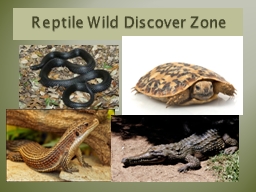PPT-Discover Biology
Author : celsa-spraggs | Published Date : 2016-07-02
FIFTH EDITION CHAPTER 19 Speciation and the Origins Of Biological Diversity 2012 W W Norton amp Company Inc Anu SinghCundy Michael L Cain Cichlid Mysteries Earths
Presentation Embed Code
Download Presentation
Download Presentation The PPT/PDF document "Discover Biology" is the property of its rightful owner. Permission is granted to download and print the materials on this website for personal, non-commercial use only, and to display it on your personal computer provided you do not modify the materials and that you retain all copyright notices contained in the materials. By downloading content from our website, you accept the terms of this agreement.
Discover Biology: Transcript
Download Rules Of Document
"Discover Biology"The content belongs to its owner. You may download and print it for personal use, without modification, and keep all copyright notices. By downloading, you agree to these terms.
Related Documents

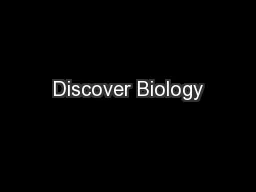

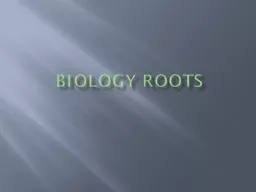
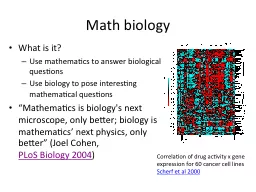

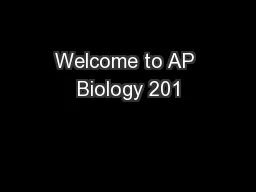
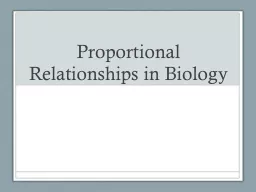
![[re ]discover](https://thumbs.docslides.com/416783/re-discover.jpg)
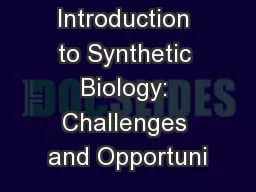

![[re ]discover Colossians](https://thumbs.docslides.com/646495/re-discover-colossians.jpg)

